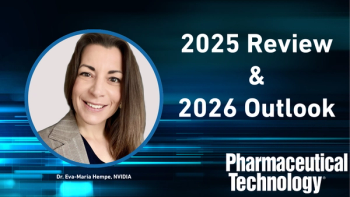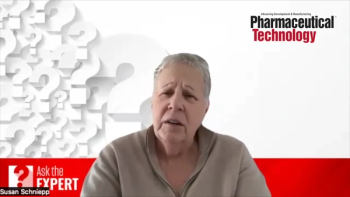
Regulatory Roundup for Week of January 7, 2013
FDA celebrates 30 years of the Orphan Drug Act.
FDA’s Orphan Drug Act celebrates its 30th year in 2013. Gayatri R. Rao, MD, JD, director for The Office of Orphan Products Development, provides
A list of FDA’s 2012 new, revised, and withdrawn guidance documents can be found at
FDA released the following guidance documents in late December 2012 and early January 2013:
• Guidance for Industry, Providing Regulatory Submissions in Electronic Format—Certain Human Pharmaceutical Product Applications and Related Submissions Using the eCTD Specifications, draft guidance, FDA, CDER, CBER, January 2013. This
• Guidance for Industry and Investigators, Safety Reporting Requirements for INDs and BA/BE Studies, FDA, CDER, CBER, December 2012. This guidance is intended to help sponsors and investigators comply with the requirements for investigational new drug (IND) safety reporting and safety reporting for bioavailability (BA) and bioequivalence (BE) studies under 21 CFR 312.32, 312.64(b), and 320.31(d)(3).
Newsletter
Get the essential updates shaping the future of pharma manufacturing and compliance—subscribe today to Pharmaceutical Technology and never miss a breakthrough.




